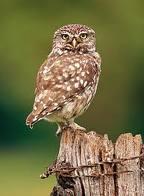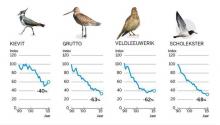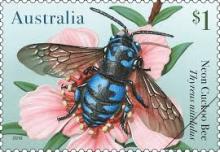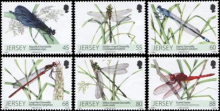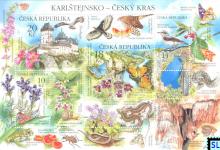Extreme Normoverschrijdingen van Imidacloprid in Nederlands oppervlaktewater in 2007
Onlangs gaven de waterschappen en waterbeheerders nieuwe meetgegevens vrij over imidacloprid in Nederlands oppervlaktewater. De toestand is zeer alarmerend: ook in 2007 zijn in het westen van Nederland extreme normoverschrijdingen van imidacloprid in het oppervlakte water gemeten. De hoogste gemeten imidacloprid concentratie (15 maart 2007) overschreed meer dan 4.000 keer de (ad hoc) MTR (maximaal toelaatbaar risiconiveau) norm voor oppervlaktewater. Veel normoverschrijdingen in de Randstad liggen veel hoger dan de imidacloprid concentraties die in laboratorium studies binnen enkele dagen sterfte van insecten veroorzaken.


